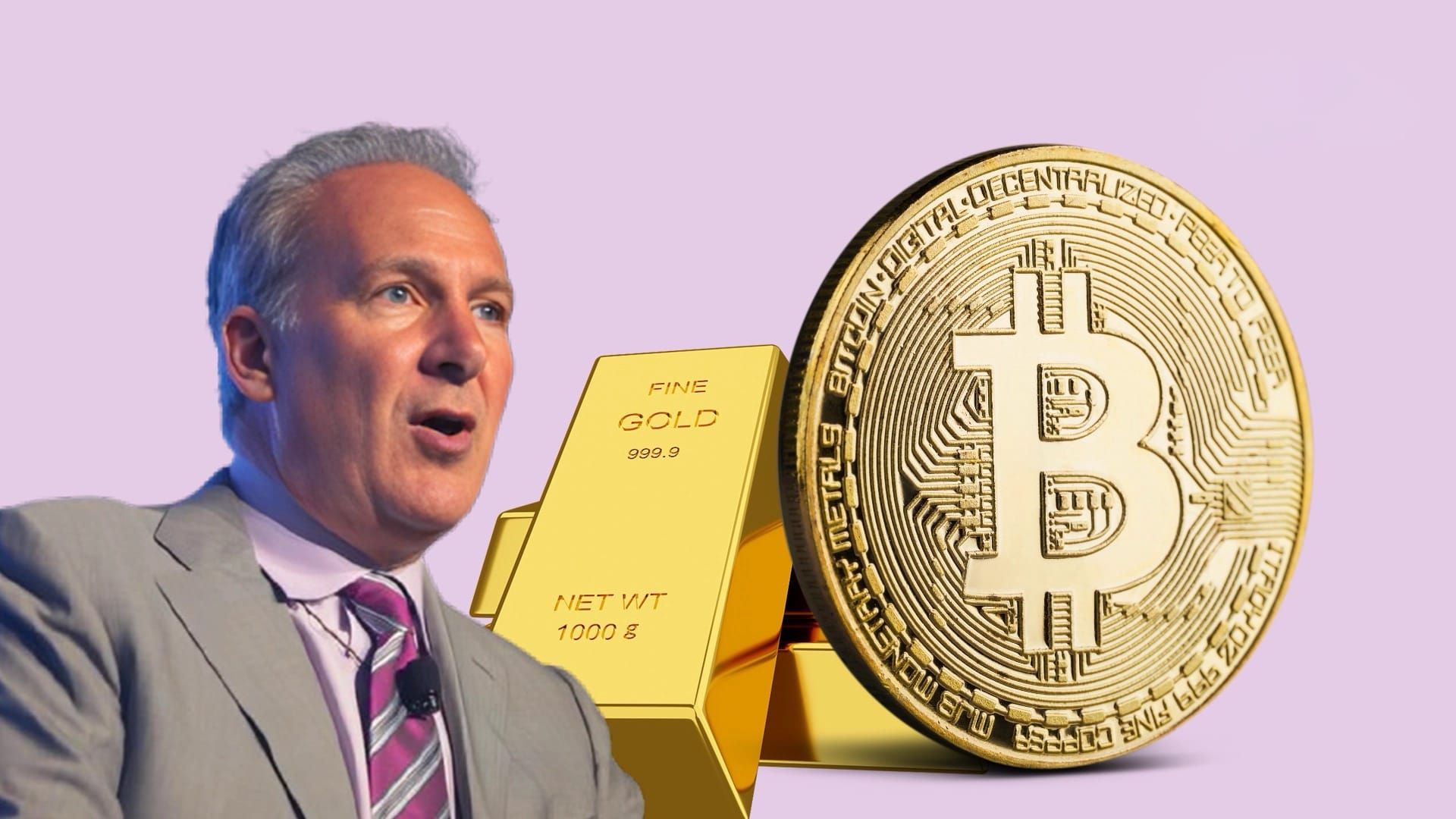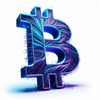Peter Schiff Plans to Launch Tokenized Gold Platform to Rival Bitcoin

Peter Schiff, the economist renowned for championing gold and questioning the merits of cryptocurrencies, has taken a bold step into the digital asset space. On Wednesday he announced his plans to launch his tokenized gold product through his company, SchiffGold, marking a shift from critic to innovator in blockchain applications. This platform aims to make physical gold more accessible and usable in everyday transactions, directly addressing limitations Schiff has long attributed to Bitcoin.
The initiative comes at a time when real-world asset tokenization is gaining momentum, with the sector already valued at $3.8 billion. Schiff's move blends his traditional advocacy for precious metals with emerging technology, creating a system where users can own and spend tokenized gold seamlessly.
Stay In The Loop and Never Miss Important Crypto News
Sign up and be the first to know when we publishCore Features and Operational Mechanics
Schiff's platform, built under the ShiftGold banner, will allow users to purchase physical gold or silver via a mobile app, with the assets stored in secure vaults. Ownership remains with the user, who can redeem holdings for actual bars or coins at any time, ensuring a tangible backing that contrasts with purely digital tokens. This setup emphasizes direct control, a principle Schiff has stressed in his critiques of centralized crypto exchanges.
Transactions occur through two main channels designed for practicality. A linked debit card enables spending by automatically converting a portion of metal holdings into fiat currency for purchases, such as deducting $10 from a $5,000 gold balance. Alternatively, peer-to-peer transfers let users exchange gold tokens directly with others who value the asset, bypassing currency conversion and allowing gold to function as a medium of exchange.
Schiff claims the transfers happen instantly and at minimal cost, outperforming Bitcoin's network in speed and fees. He argues this resolves key barriers to gold's adoption, like portability and divisibility, without the price swings seen in cryptocurrencies. Early adopters can expect integration with existing financial apps, broadening gold's role beyond mere storage.
Did you hear? Peter Schiff wants to tokenize gold on the blockchain. Find out how here. 🔑 pic.twitter.com/9SeUt32tzv
— Bitcoin & Crypto Alerts 🚨 (@bitcoinxalerts) October 23, 2025
The SchiffGold tokenized product has sparked immediate debate within the crypto community. Binance founder Changpeng Zhao, known as CZ, dismissed the product as reliant on third-party custodians for gold storage, labeling it a "trust me bro" asset rather than fully onchain. CZ pointed out that true decentralization requires assets to exist natively on the blockchain, not backed by offchain physical goods subject to custody risks. Schiff countered by noting similarities to dollar-backed stablecoins, which also depend on reserves, and insisted gold provides a more reliable foundation.
This exchange highlights broader tensions between traditional finance and crypto purists. Tokenized gold represents just a fraction of the $22 trillion global gold market, yet its potential for fractional ownership and 24/7 trading could attract institutional interest. As adoption grows, platforms like Schiff's may test whether tokenization and bridging physical assets to blockchains can coexist with or challenge Bitcoin's dominance.
Schiff's venture arrives amid rising interest in real-world assets on blockchain, with tokenized gold holdings already exceeding $1.7 billion. His long-standing view that gold outperforms Bitcoin as a store of value now finds expression in a tool tailored for modern users. By solving usability issues, the platform could draw in skeptics of crypto while reinforcing gold's enduring appeal.
The project's success will depend on user trust and regulatory clarity, areas where crypto has faced hurdles. Early feedback suggests enthusiasm from gold enthusiasts seeking digital convenience, though crypto advocates remain wary of its hybrid nature. As finance digitizes further, Schiff's effort highlights how legacy assets might adapt rather than fade.
In the end, this product invites reflection on money's future forms. Gold's historical stability paired with blockchain's efficiency offers a hybrid path forward. Whether it gains traction alongside Bitcoin or carves a separate niche remains to be seen, but Schiff's pivot signals a maturing dialogue between old and new paradigms.

